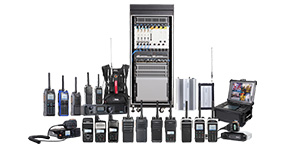We are thrilled to announce a landmark partnership between Alshareef Group and DJI Technology, marking the beginning of an iconic collaboration in the drone industry in Saudi Arabia. As the official golden distributor of DJI drones, Alshareef Group is poised to bring cutting-edge drone technology to various sectors across the Kingdom.
Elevating Standards in Drone Technology
With DJI’s reputation as a global leader in drone innovation and Alshareef Group’s commitment to excellence, this partnership aims to elevate the standards of aerial solutions in Saudi Arabia. Whether it’s for professional photography, industrial inspections, agriculture, or public safety, our collaboration will ensure that businesses and individuals have access to the latest and most advanced drone technology.
What This Means for Our Customers
As the golden distributor, Alshareef Group will provide an extensive range of DJI products, including the latest drone models, accessories, and support services. Customers can expect:
- Exclusive Access: Early access to new DJI product launches and innovations.
- Expert Support: Comprehensive training and support from our team of certified professionals to ensure optimal use of DJI drones.
- Local Availability: A wide range of products available locally, making it easier than ever to acquire the latest drone technology without delays.
Commitment to Safety and Compliance
Safety and compliance are at the forefront of our mission. Through this partnership, Alshareef Group will work closely with DJI to ensure that all products meet local regulations and safety standards, providing peace of mind to our customers.
Looking Ahead
We are excited about the opportunities this partnership will create for businesses and industries across Saudi Arabia. Together with DJI, we will not only enhance the operational capabilities of our clients but also contribute to the growth of the drone industry in the region.
Stay tuned for upcoming events, product launches, and exclusive offers as we embark on this exciting journey together. For more information, please visit our website or contact our dedicated team. Join us in celebrating this new partnership, it’s just the beginning of something extraordinary!





 Our comprehensive DMR portfolio provides the right solutions and radios for every use case. From the simple license-free digital radio to feature-rich digital trunked radio solutions for professional users.
Our comprehensive DMR portfolio provides the right solutions and radios for every use case. From the simple license-free digital radio to feature-rich digital trunked radio solutions for professional users.






